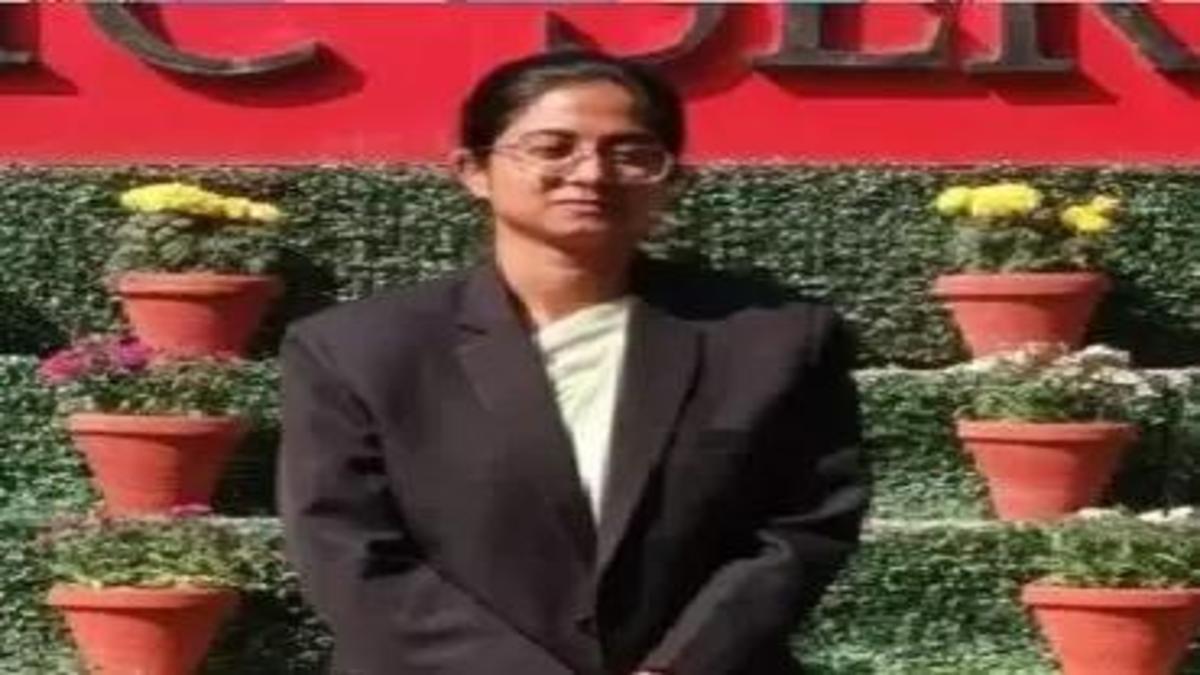
Mechanical Engineering exam paper has two sections as Paper 1 and Paper 2. Check below the detailed syllabus for Mechanical Engineering.
PAPER-I
- Statics : Equilibrium in three dimensions suspension cables principle of Virtual work.
- Dynamics : Relative motion coriolis force Motion of a rigid Body. Gyroscopic motion impulses.
- Theory of Machines: Higher and lower parts, inversions, steering mechanisms, Hooks joint, velocity and acceleration of a links, interia forces. Cams conjugsts action of gearing and interference, gear trains epicyclic gears. Clutches, belt drives, brakes, dynamometers, Flywhells Governors, Balancing of rotating and reciprocating masses and multicylinder engines. Free, forced and damped vibrations for a single degrees of freedom. Degree of freedom. Critical speed and whirling of shafts.
- Mechanics of Solids : Stress and strain in two dimensions. Mohr's circle, Theories of failure, Defluction of beams. Buckling of colomns, Combined bending and torsion. Castiglapp's theorem, Thick cylinders Rotating disks. Shrink fit. Thermal Stresses.
- Manufacturing Science : Merchants theory Taylors equation. Machineability. Unconventional machining methods including EDM, ECM and ultrasonic machining, Use of Lasers and plasms. Analysis of forming processes. Higher velocity forming. Explosive forming. Surface roughness, gauging comparators. Jigs and Fixtures.
- Production Management : work simplification, work sampling, value engineering, Dine balancing, work station design, storage space requirement, ABC analysis, Economic order, quantity including finite production rate. Graphical and simplex methods for linear programming; transportation model, elementary queing theory, Quality control and its, uses in product design. Use of X.R.P. (Sigma) and C. charts. Single sampling plans, operating characteristics curves. Average Sample size. Regression analysis.
PAPER - II
- Thermodynamics : Applications of the first and second laws of thermodynamics. Detailed analysis of thermodynamic cycles.
- Fluid Mechanics : Continuity momentum and energy equations. Velocity distribution in laminar and turbulent flow. Dimensional analysis. Boundary layer on a flat plate. Adiabatic and isentrophic flow. Mach number.
- Heat Transfer: Critical thickness of insulation conduction in the presence of heat sources and sinks. Heat transfer from fins. One dimensional unsteady conduction time constant for thermocouples. Momentum and energy equations for boundary layers on a flat plate. Dimensionless numbers Free and Forced convection. Boiling and condensation. Nature of radiant heat. Stefan-Foftsmann Law. Configuration factor logarithmic mean temperature difference. Heat exchanger effectiveness and number of transfer units.
- Energy Conversion : Combustion phenomenon in C.I. and S.I. engine Carburation and fuel injection. Selection of pumps, Classification of hydraulic turbines, Specific speed. Performance of compressor. Analysis of stead and gas turbines. High pressure boilers. Unconventional power systems. Including Nuclear power and MHD systems.
- Utilisation of solar energy.
- Environmental Control : Vapour compression, absorption, steam jet and air refrigeration systems. Properties and characteristics of important refrigerants. Use of psychrometric chart and comfort chart. Estimation of cooling and heating loads. Calculation of supply air state and rate. Air-conditioning plants layout.
For Quick Alerts
For Daily Alerts
Story first published: Friday, February 8, 2013, 15:39 [IST]



 Click it and Unblock the Notifications
Click it and Unblock the Notifications



























